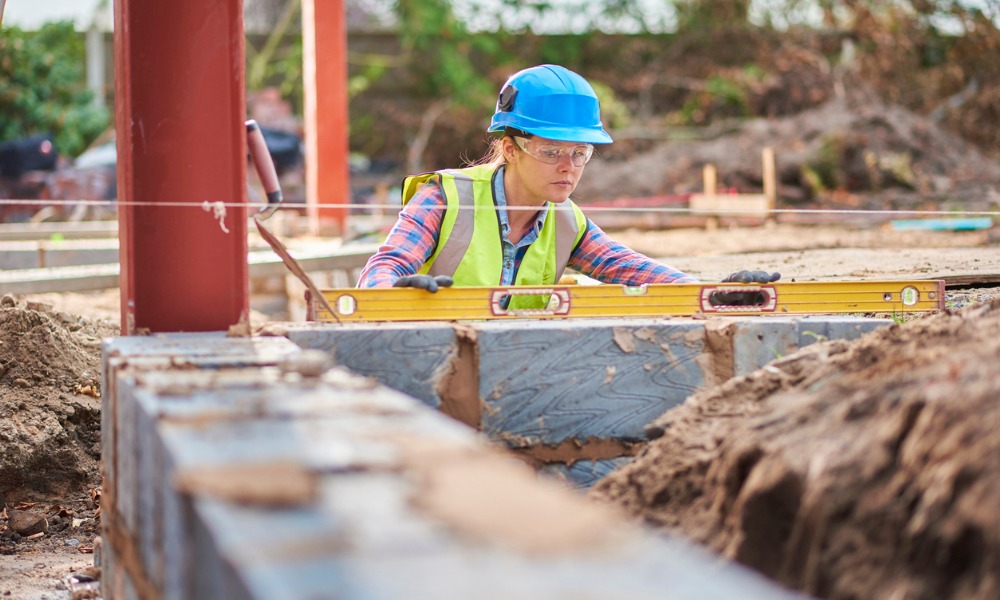They have been a stand-out performer

It has been a busy first quarter for new mortgage business at Harpenden Building Society, according to Emily Smith, head of intermediary sales and distribution.
“Self-build applications in particular have been one of the stand-out performers and an area which we anticipate will assist us to reach our 2022 growth targets,” she added.
Smith added that the society’s broker partners have a significant opportunity through self-build financing. She believes that the COVID years, from early 2020, facilitated new interest in self-build projects.
“Having spent additional time living and working at home people, unsurprisingly, started to consider what ideal living would look like going forward,” Smith added.
During this time, UK households started to contemplate different options according to Smith, adapting their current homes or building their own dream property to accommodate a new way of living. As a result, self-build properties have grown in popularity and Smith said, for many, have become the ultimate way to create a bespoke living environment, capable of providing a very personalised living space.
What makes self-builds unique
Self-build mortgages act differently than traditional mortgages in that they release funds in stages to create the funds needed to build a home, as well as paying for contractors and whatever materials are needed.
If you are unable to finance the entire build out of your own pocket, a self-build mortgage often presents the most viable option.
Read more: Self build mortgages: Are they hard to get?
A self-build mortgage is a good method to getting the funding necessary to build a home, and borrowers will often find that the higher interest rate, versus a standard mortgage, will balance out with the money saved by building the home rather than purchasing a similar pre-existing property.
However, they will be required to part with a larger deposit for a self-build mortgage, often around 50%, fees are typically higher and there is less choice of lenders.
The Land Promoters and Developers Federation (LPDF) believes that the self-build market could help solve the housing crisis.
LPDF said the Bacon Review could encourage people to design or build their own home, stimulating the small to medium enterprise (SME) building sector, enabling the government to get closer to its target of 300,000 new homes built each year.
The Bacon Review, commissioned by Prime Minister Boris Johnson in April 2021, asked Richard Bacon MP to develop a plan for a major scaling up of self-commissioned new homes.
What’s behind the surge in interest?
Looking to what else is causing increased self-build activity, Smith explained that, over the last couple of years, the government has focused on increasing housing stock to meet demand, and a number of initiatives have been born which specifically support the market - Help to Build, Right to Build and Self Build Wales to name a few.
“With funds beginning to be provided by the government and land now becoming available through councils, the self-build dream has never been easier to achieve,” she said.
Alongside this, Smith pointed to the ability to purchase an off-plan property which can be custom built to your specifications and with new, energy efficient materials easily accessible, she said this has seen self-build move to the forefront of customers’ minds.
“This may all sound positive and explain the popularity in self-build projects, but it is not for the faint-hearted and often large sums of money have to be borrowed to finance the build,” Smith added.
“With so much riding on a self-build project, those looking to secure a self-build mortgage are increasingly turning to specialist lenders like ourselves due to the complexities involved.”



